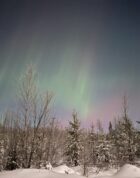I like to think of travel lovers as the modern-day embodiment of sailors from the age of exploration. We’re constantly on the hunt to see new places with our very own eyes, even though there’s no new land to discover these days. And just like sailors of old, we’re always chasing, conquering, and documenting the world’s extremes.
If you’re an admirer of waterfalls (and who isn’t?), Victoria Falls on the Zambia–Zimbabwe border has to be near the top of your bucket list. It’s the largest falls in the world (neither the widest nor the tallest, but largest based on size of the sheet of falling water), and dwarfs Niagara Falls in terms of both height and width.
The Falls
The Victoria Falls sit on the Zambezi River, the fourth-longest river in Africa that eventually empties into the Indian Ocean. Also known by their fearsome indigenous name, Mosi-oa-Tunya (“The Smoke that Thunders”), the falls are created as the entire width of the Zambezi cascades down into a giant chasm 1,708 meters wide.
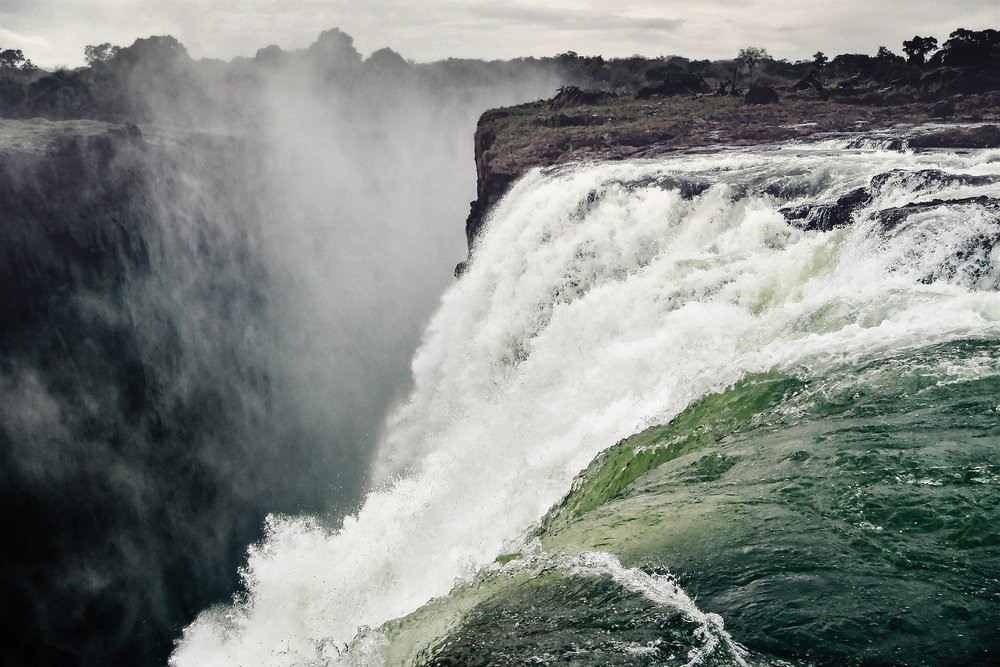
Victoria Falls
The falls have some of the world’s most variable water flow in terms of seasonality. Depending on whether you visit during the Zambezi’s rainy season (November to April) or the dry season (May to October), your experience at the falls can be drastically different.
The rainy season, especially the peak flooding months of February to April, allows you to witness the falls at their most potent, with the boardwalks around the waterfalls almost constantly covered in spray. While it’s an opportune time to take in one of nature’s most forceful creations, it can also be hard to get any good views of the base of the falls and sometimes even the falling sheets themselves, since they’re often completely enshrouded by mist.
Meanwhile, the dry season is much more conducive to feasting your eyes on one of the world’s most spectacular waterfalls. The base of the falls is usually fully visible, and sometimes it’s even possible to walk across some stretches of the river just before it plummets the entire height of the chasm.
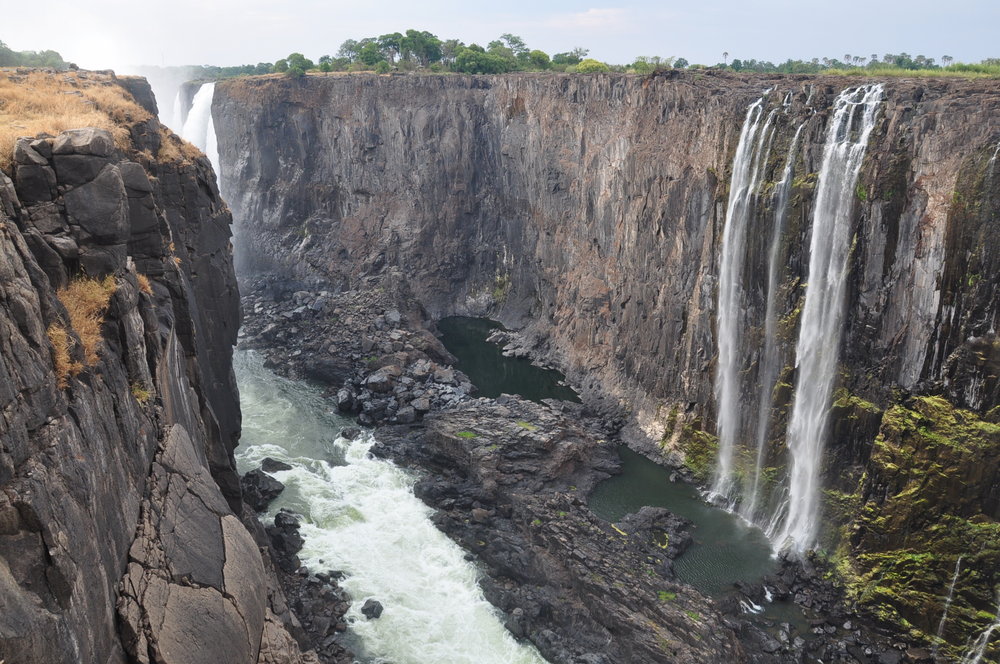
Victoria Falls – Dry season
Indeed, Victoria Falls can be a haven for adrenaline junkies. You might have seen some unbelievable video footage of people relaxing in the “Devil’s Pool” – one particular shallow pool of water mere inches away from the drops. A slippery, submerged lip of rock here ensures that you’re relatively safe in this pool, but even so, there’s one or two incidents per year of reckless tourists falling to their deaths. Proceed at your own risk!
Zambia or Zimbabwe?
Just as the age-old debate carries on between Canadians and our noisy neighbours to the south on who has the “best” side of the Niagara Falls, so too is there the question of which “Z” country lets you get the most out of your visit to Victoria Falls.
Since the majority of the falls are themselves located in Zambia, conventional wisdom tells you that the best view would be from the opposite side in Zimbabwe, facing the largest sheets of falling water.
However, there’s several cool features on the Zambian side as well, including a footbridge that brings you down to the base of the falls, which offers incredible views as well.
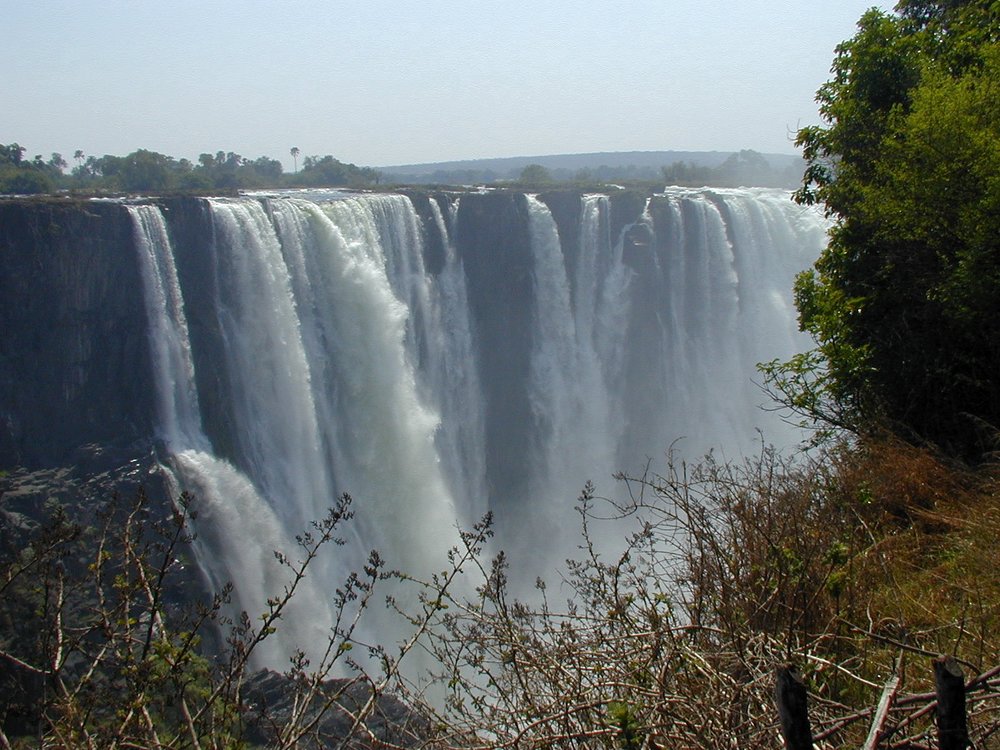
Victoria Falls – View from the Zambia side
The best plan is of course to experience the magic of the falls from both countries. The good news for Canadians is that both Zambia and Zimbabwe offer visas upon arrival, so there’s no need to get them prior to your trip. Even better, upon arriving in either country, Canadians (and citizens of 40 other countries, including the US and UK) are also eligible for a US$50 universal visa allowing access to both Zambia and Zimbabwe for 30 days.
Presumably, the ever-present tourism sector at Victoria Falls played a key role in bringing the universal visa to life. It means that you can easily and affordably sample the best of both sides. Zimbabwe in particular is keen to attract tourists back into the country following a period of instability, so good on both governments for setting up such a tourist-friendly policy.
Plan Your Visit
Victoria Falls has its own airport (VFA), which is very well-connected to the rest of Africa. Ethiopian Airlines flies from Addis Ababa and onwards to Gaborone, the capital of Botswana, four times weekly. In addition, both British Airways and South African Airways operate daily flights from Johannesburg, meaning that you can easily fit in a trip to Victoria Falls as a side-trip from South Africa.
The British Airways flight in particular is a great Avios redemption, since at 575 miles it falls under the threshold for the lowest redemption possible – as low as 4,000 Avios required for a one-way flight in economy.
Another convenient airport nearby serves Livingstone, Zambia (LVI), a city that acts as a popular tourist gateway for the Victoria Falls region as a whole. British Airways also flies here from Johannesburg so there’s another Avios option.
If you’d prefer to make the journey overland and travel among some of the region’s other points of interest, the town of Bulawayo is a popular jumping-off point in Zimbabwe. It has several UNESCO-recognized tourist sites of its own, including historic monuments from pre-colonial times. From Bulawayo, a fantastic old-style British train service runs overnight to Victoria Falls – a timeless way to bring yourself to the Zambezi’s doorstep.
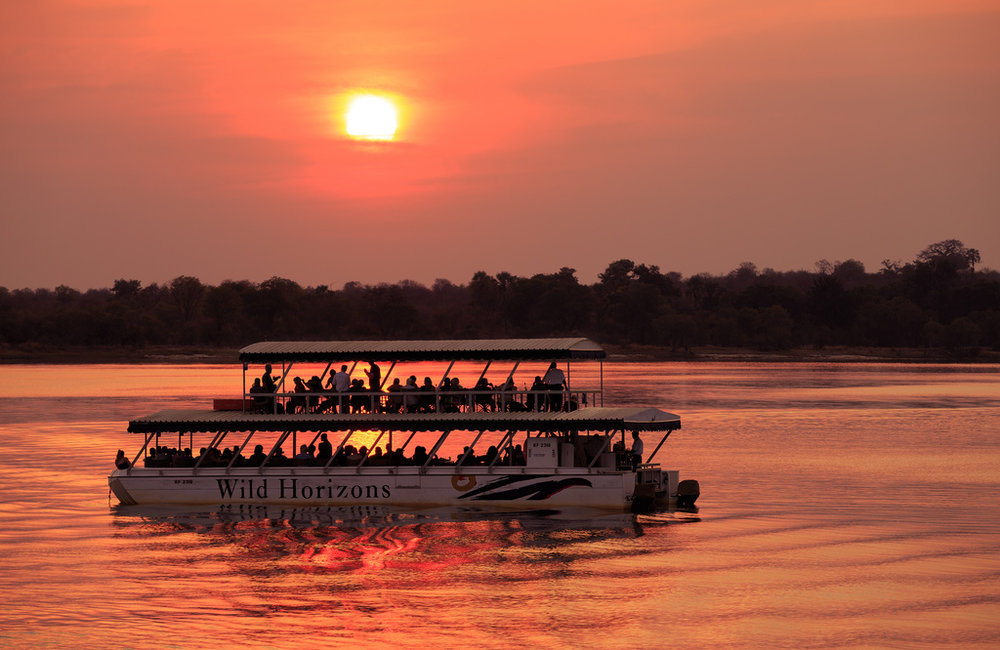
Victoria Falls – Zambezi sunset cruise
In addition to casting your eyes upon the world’s largest falls, go ahead and explore the surrounding area as well, which features some of the best that Southern Africa has to offer. Riding the Zambezi is especially popular, as is the Chobe National Park in nearby Botswana. Many tour groups near Victoria Falls will bring you on a Chobe safari for a day or two to admire the park’s vast variety of wildlife.
Conclusion
Many travellers pick South Africa and its environs as their first port of call when exploring Africa for the first time, and one of the highlights of the region is Victoria Falls, the largest waterfall in the world whose magnificent drops capture the imagination of thousands of visitors per year. Whether you’re flying high on a helicopter tour or living on the edge in the Devil’s Pool, The Smoke that Thunders will no doubt leave you awestruck.
















